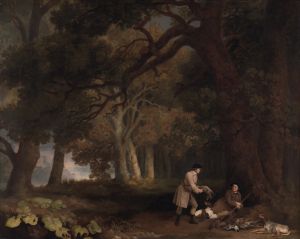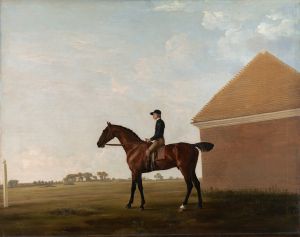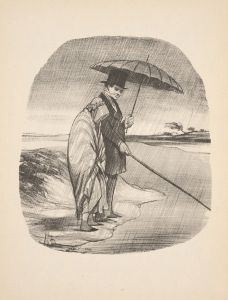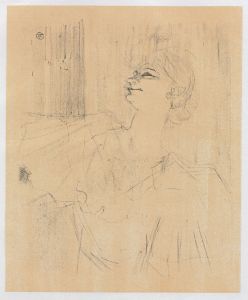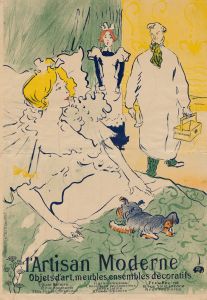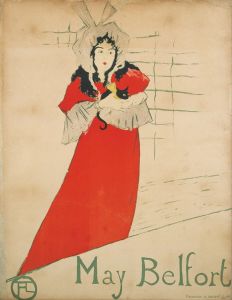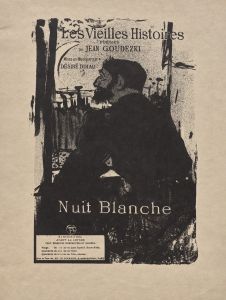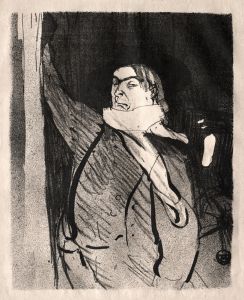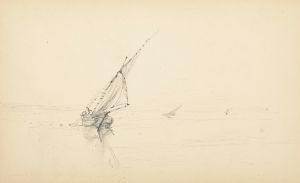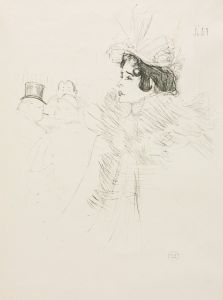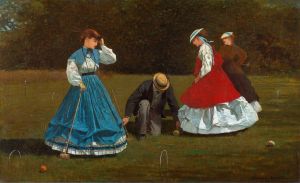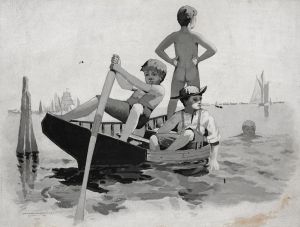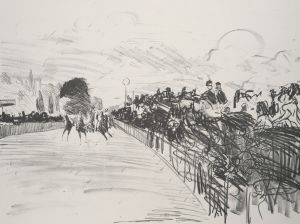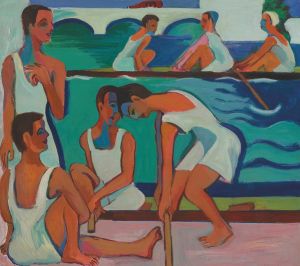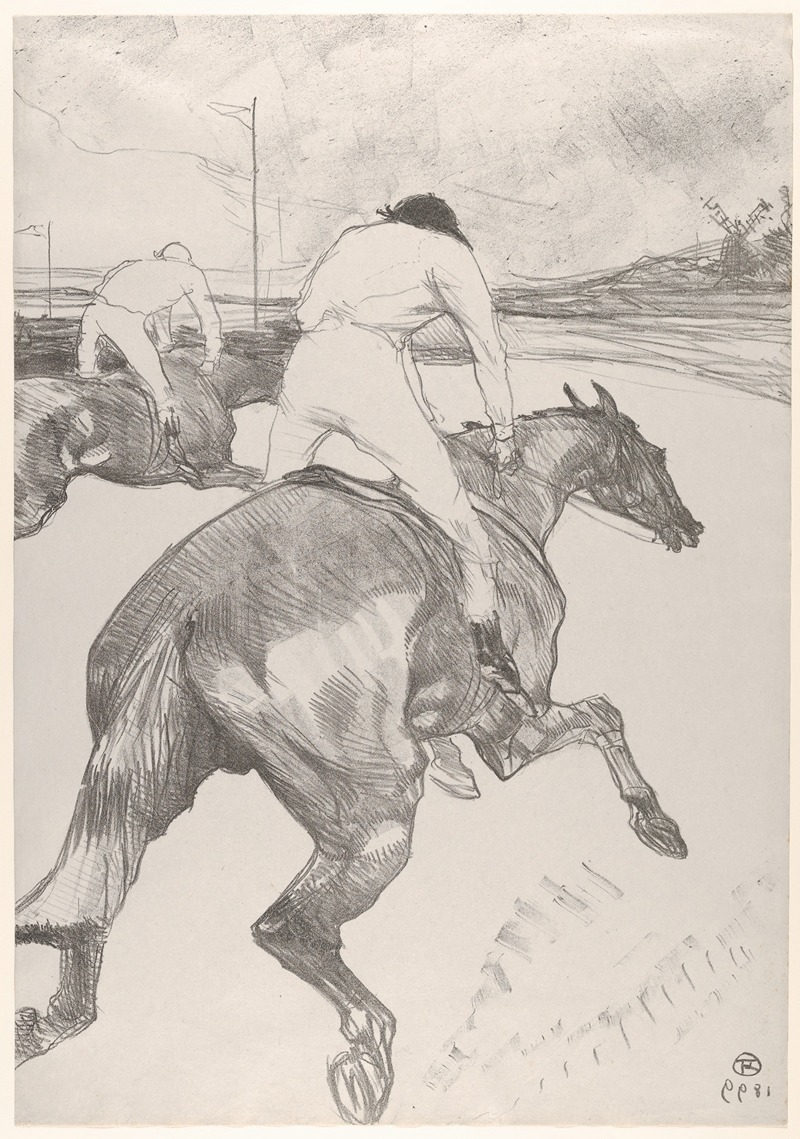
The Jockey
A hand-painted replica of Henri de Toulouse-Lautrec’s masterpiece The Jockey, meticulously crafted by professional artists to capture the true essence of the original. Each piece is created with museum-quality canvas and rare mineral pigments, carefully painted by experienced artists with delicate brushstrokes and rich, layered colors to perfectly recreate the texture of the original artwork. Unlike machine-printed reproductions, this hand-painted version brings the painting to life, infused with the artist’s emotions and skill in every stroke. Whether for personal collection or home decoration, it instantly elevates the artistic atmosphere of any space.
Henri de Toulouse-Lautrec's painting The Jockey is a notable work by the French Post-Impressionist artist, created in 1899. This piece reflects Toulouse-Lautrec's fascination with equestrian subjects, a theme that appeared in several of his works. The painting depicts a jockey on horseback, captured mid-motion, with a dynamic composition that emphasizes movement and energy. The horse and rider are portrayed with bold, fluid brushstrokes, characteristic of Toulouse-Lautrec's mature style.
The painting is rendered in oil on canvas and measures approximately 54.6 cm by 66 cm (21.5 inches by 26 inches). The background is simplified, focusing attention on the central figures of the horse and jockey. Toulouse-Lautrec's use of color and line conveys a sense of immediacy and vitality, aligning with his broader interest in capturing fleeting moments of modern life.
Toulouse-Lautrec was deeply influenced by Japanese ukiyo-e prints, and this influence is evident in The Jockey through its flattened perspective and emphasis on contour lines. The work also reflects his keen observational skills and ability to distill complex scenes into essential elements. While Toulouse-Lautrec is best known for his depictions of Parisian nightlife, such as cabarets and dance halls, The Jockey demonstrates his versatility and interest in other aspects of contemporary life.
The painting was created during the later years of Toulouse-Lautrec's life, a period marked by declining health due to alcoholism and syphilis. Despite these challenges, he continued to produce art with remarkable vigor and creativity. The Jockey is one of the works that showcases his enduring talent and commitment to his craft.
Today, The Jockey is housed in the Musée Toulouse-Lautrec in Albi, France, the artist's birthplace. The museum holds the largest collection of his works, offering insight into his artistic development and the breadth of his subjects. The Jockey remains an important example of Toulouse-Lautrec's ability to capture movement and emotion, solidifying his reputation as a master of modern art.





